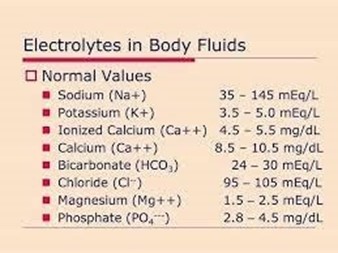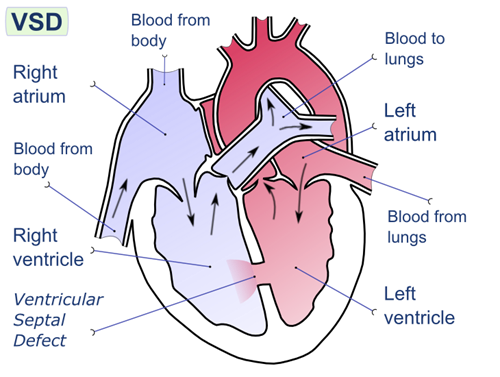A client who has four gold seed implants on a chest wall tumor is on radiation precautions. What basic precautions should the practical nurse (PN) observe when administering direct care to this client?
Minimal time, maximum distance, and protective shielding.
Rotate the assignment with other staff during the shift.
Virtual observation and wearing a film badge for exposure.
Standard precautions with negative pressure isolation.
The Correct Answer is A
The practical nurse (PN) should observe minimal time, maximum distance, and protective shielding when administering direct care to a client who has four gold seed implants on a chest wall tumor.
Minimal time refers to limiting the duration of direct exposure to the client with the gold seed implants. This helps minimize the nurse's exposure to radiation.
Maximum distance refers to maintaining a safe distance from the client with the gold seed implants. The nurse should try to stay as far away as possible while still being able to provide necessary care.
Protective shielding involves using lead aprons, gloves, and other appropriate shielding materials to protect oneself from radiation exposure. These protective measures help reduce the nurse's exposure to radiation during care activities.
B. Rotating assignments with other staff during the shift may not be necessary in this situation unless there are specific staffing requirements or guidelines in place. The primary focus should be on minimizing the nurse's exposure to radiation through time, distance, and shielding.
C. Virtual observation and wearing a film badge for exposure are not applicable in this context. These measures are more relevant for monitoring radiation exposure over time and do not directly address the precautions needed during direct care.
D. Standard precautions with negative pressure isolation are not specifically indicated for a client with gold seed implants. Negative pressure isolation is typically used for clients with infectious diseases that require airborne precautions, and it is not directly related to radiation precautions.
Nursing Test Bank
Naxlex Comprehensive Predictor Exams
Related Questions
Correct Answer is C
Explanation
When a client reports experiencing numbness and tingling in the extremities, it is crucial for the practical nurse (PN) to prioritize reporting the client's electrolyte levels to the healthcare provider. Electrolytes are essential minerals that help maintain the balance of fluids in the body and enable proper nerve and muscle function. Imbalances in electrolyte levels can lead to neurological symptoms, including numbness and tingling.
Options a, b, and d are not the correct priorities to report in this situation:

Correct Answer is B
Explanation
In infants with heart failure, they may have difficulty feeding due to fatigue and increased work of breathing. Allowing the infant to rest before feeding helps conserve their energy and reduces the risk of excessive fatigue during feeding.

The other options are not appropriate interventions for this situation:
A.Weigh before and after feeding: Weighing before and after feeding is not necessary in this case unless specifically ordered by the healthcare provider. It is not directly related to the management of feeding an infant with heart failure.
C.Feed the infant when he cries: Feeding the infant solely based on crying may not be appropriate in this case. It is important to establish a feeding schedule and monitor the infant's signs of hunger and satiety to ensure adequate nutrition and prevent overfeeding.
D.Insert a nasogastric feeding tube: Inserting a nasogastric feeding tube should not be the first intervention unless there is a specific indication or order from the healthcare provider. In this scenario, the focus is on supporting oral feeding and allowing the infant to rest before feeding.
Whether you are a student looking to ace your exams or a practicing nurse seeking to enhance your expertise , our nursing education contents will empower you with the confidence and competence to make a difference in the lives of patients and become a respected leader in the healthcare field.
Visit Naxlex, invest in your future and unlock endless possibilities with our unparalleled nursing education contents today
Report Wrong Answer on the Current Question
Do you disagree with the answer? If yes, what is your expected answer? Explain.
Kindly be descriptive with the issue you are facing.
